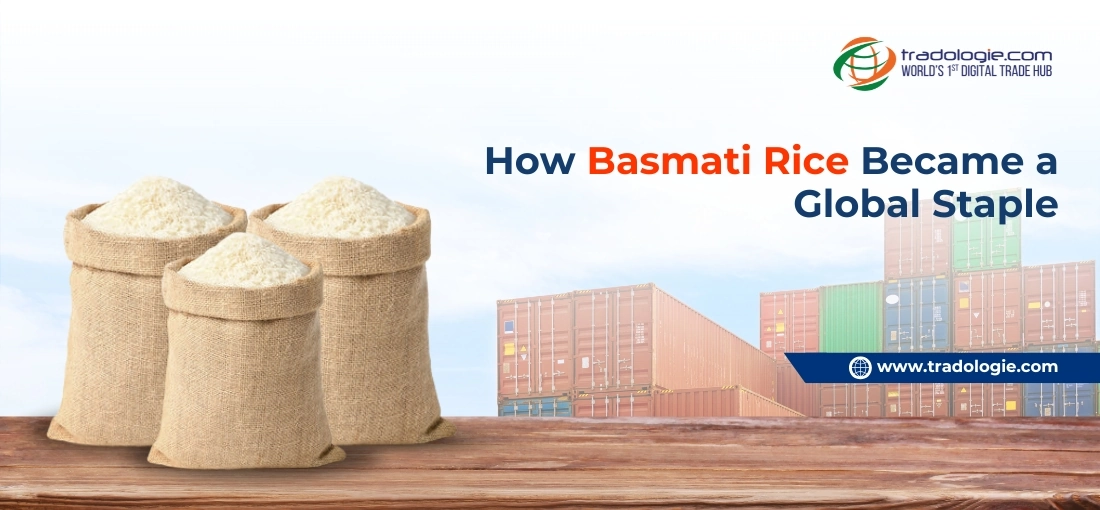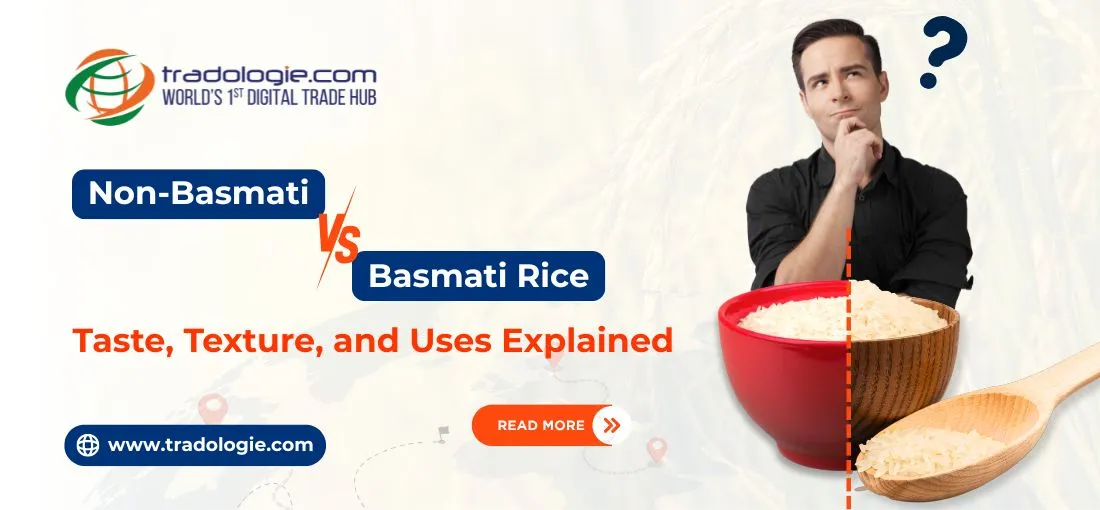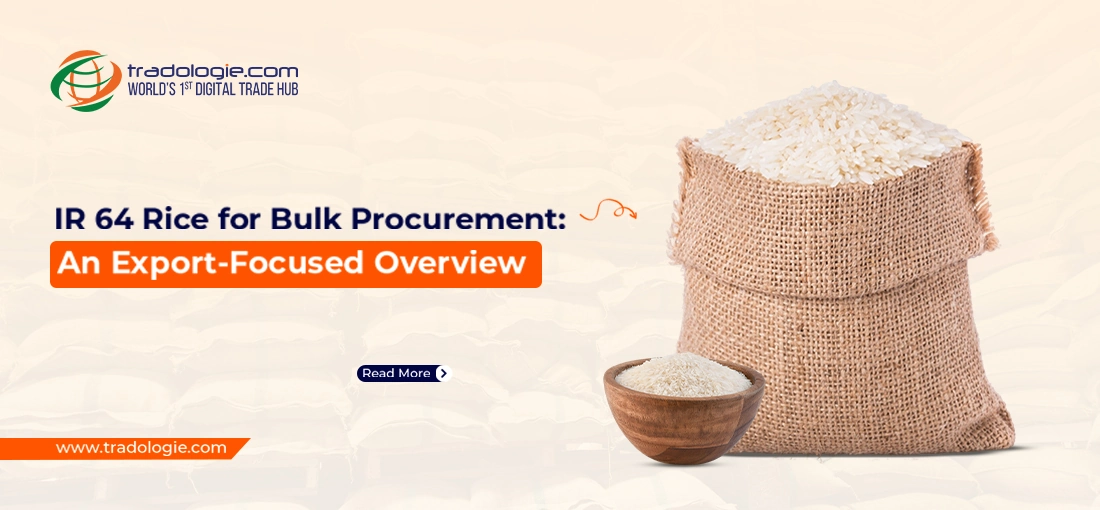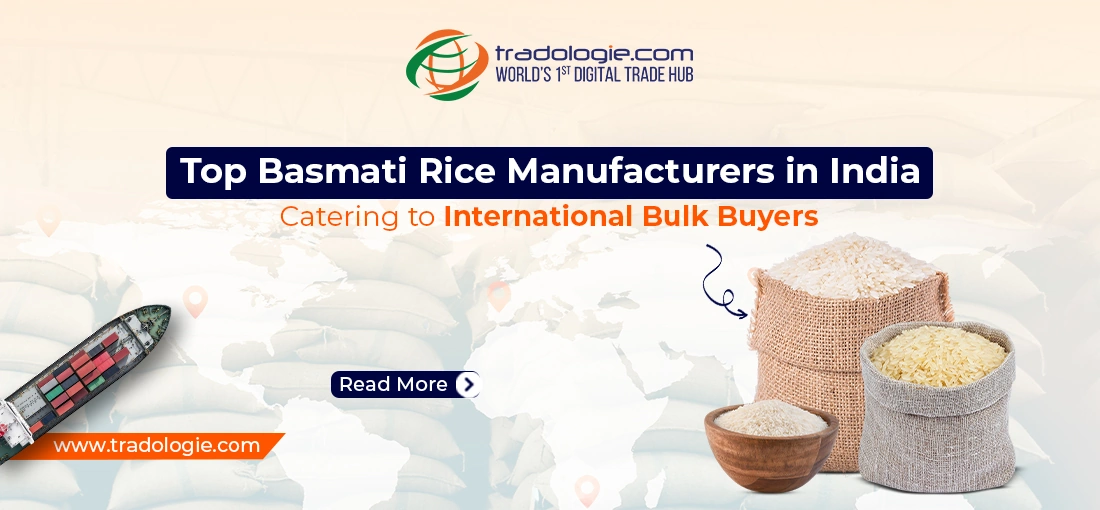How Basmati Rice Became a Global Staple: The Journey from Farm to Table
Basmati rice has evolved from the traditional crop cultivated in the Himalayan plains to becoming a premium, sought-after commodity in overseas food markets. Its specific parameters—grain length, fragrance, and cooking ability—have made it create a distinct global rice category. For basmati rice importers, global consumers, and foodservice industries, Basmati is a consistent value-oriented purchasing option in the aromatic rice category
Historical Roots in the Indus Basin
Basmati rice's value in terms of large commercial sale for basmati rice exporters is inextricably linked with its regional origin in the historic alluvial plains of the Indus and the sacred Ganges river systems. Archaeological evidence and local lore mark its cultivation from as far back as 2500 BCE, with the crop growing well in the rich soil of the current Punjab, Haryana, and the region of Uttar Pradesh. The climatic and geographical benefits of those zones—especially controlled water supply and wealth layers of sediment—were instrumental in defining the traditional Basmati's quality profile. Those environmental conditions continue to be vital to contemporary sourcing choices of global consumers.
Culinary Integration into Regional and Global Diets
Basmati was gradually absorbed into everyday diets across Northern India and parts of Pakistan. Its versatility in high-volume preparations such as biryani, pulao, and other large-format dishes made it a preferred choice in both domestic kitchens and institutional catering. Basmati's appeal extended to non-traditional consumer bases with the rise of overseas South Asian communities over time and the globalization of food service formats. This embedded demand laid the groundwork for its emergence as a structured trade commodity.
Expansion into Global Trade Circuits
The international spread of Basmati rice started through community-based trade in regions like the Middle East, East Africa, and the United Kingdom. As retail and HORECA segments expanded across the Gulf and Europe, demand scaled up from diaspora-driven to mainstream institutional consumption.
Today, the commodity is a regular feature in both private-label procurement and industrial food manufacturing—used in ready-to-eat meals, catering packs, and long-shelf-life retail units. Shipments are executed under containerized FOB, CIF, or CFR contracts, often supported by volume-linked pricing structures and quality guarantees.
India's Dominance in Global Basmati Supply
India holds a commanding position in the international Basmati trade, contributing over 80% of global exports. India’s strong production capacity, continuous varietal advancements, and well-developed packhouse facilities position it as the leading source for importers looking for high-volume, regulation-compliant aromatic Basmati rice.
According to APEDA (FY 2023-24):
- India exported 5.24 million metric tonnes of Basmati rice
- Export value: USD 5.84 billion
Top importing countries:
- Saudi Arabia
- Iran
- Iraq
- United Arab Emirates
- United States
- Yemen
These destinations reflect strong institutional demand from foodservice suppliers, government procurement agencies, and large-scale wholesalers.
Export Composition and Destination Preferences
Varieties like Pusa 1121, Pusa 1509, and Traditional Basmati make up the core of Indian shipments. Parboiled Basmati (commonly sourced for the Gulf and West African markets) is gaining traction due to its resilience in transit and longer shelf life.
On the other hand, raw white Basmati remains dominant in North American and European markets, where retail and premium foodservice require superior visual quality and elongation post-cooking.
Basmati rice importers typically source in full container loads (FCL), packed in 5 kg, 10 kg, 25 kg, or 50 kg formats, either branded or under white-label contracts. Packhouses registered with APEDA ensure traceability, export certification, and standardization across consignments.
Relevance in B2B Trade and Procurement
In the international rice trade, Basmati is not a bulk commodity in the traditional sense; it functions as a value-driven, premium product in institutional procurement. Buyers prioritize:
- Natural aroma retention
- Kernel length consistency
- Low breakage and foreign matter thresholds
- Availability in multiple packaging standards for varied channels
This positions Basmati as a specialized product within global rice portfolios—distinct from IR 64, Sona Masoori, or Thai Hom Mali in its pricing, logistics, and positioning.
Basmati rice exporters typically offer comprehensive trade documentation, including:
- Certificate of Origin
- Lab Analysis (moisture, grain length, purity)
- Phytosanitary Certificates
- Non-GMO Declarations (for select markets)
This aligns Basmati with international procurement standards followed by wholesalers, supermarket chains, and institutional food service aggregators.
Future Trade Outlook and Market Confidence
Basmati maintains a resilient position in global food supply chains, despite price fluctuations and logistical challenges. The product’s consistent consumer appeal, backed by India’s export readiness, continues to make it a priority category for basmati rice importers seeking aromatic rice in bulk. As global culinary trends tilt toward premium grains, gluten-free staples, and traditional ingredients with regional identity, Basmati’s relevance is set to grow across North America, Europe, and Southeast Asia.
Conclusion
The evolution of Basmati from an indigenous heritage grain to a structured global agro-export product underscores how agricultural identity, trade infrastructure, and market intelligence converge in building a successful export commodity.
Basmati remains a strategic category for basmati rice importers and food service entities. It offers both commercial value and product differentiation. Basmati rice stands as a consistent performer in the global trade of speciality grains backed by India’s robust cultivation and export ecosystem





